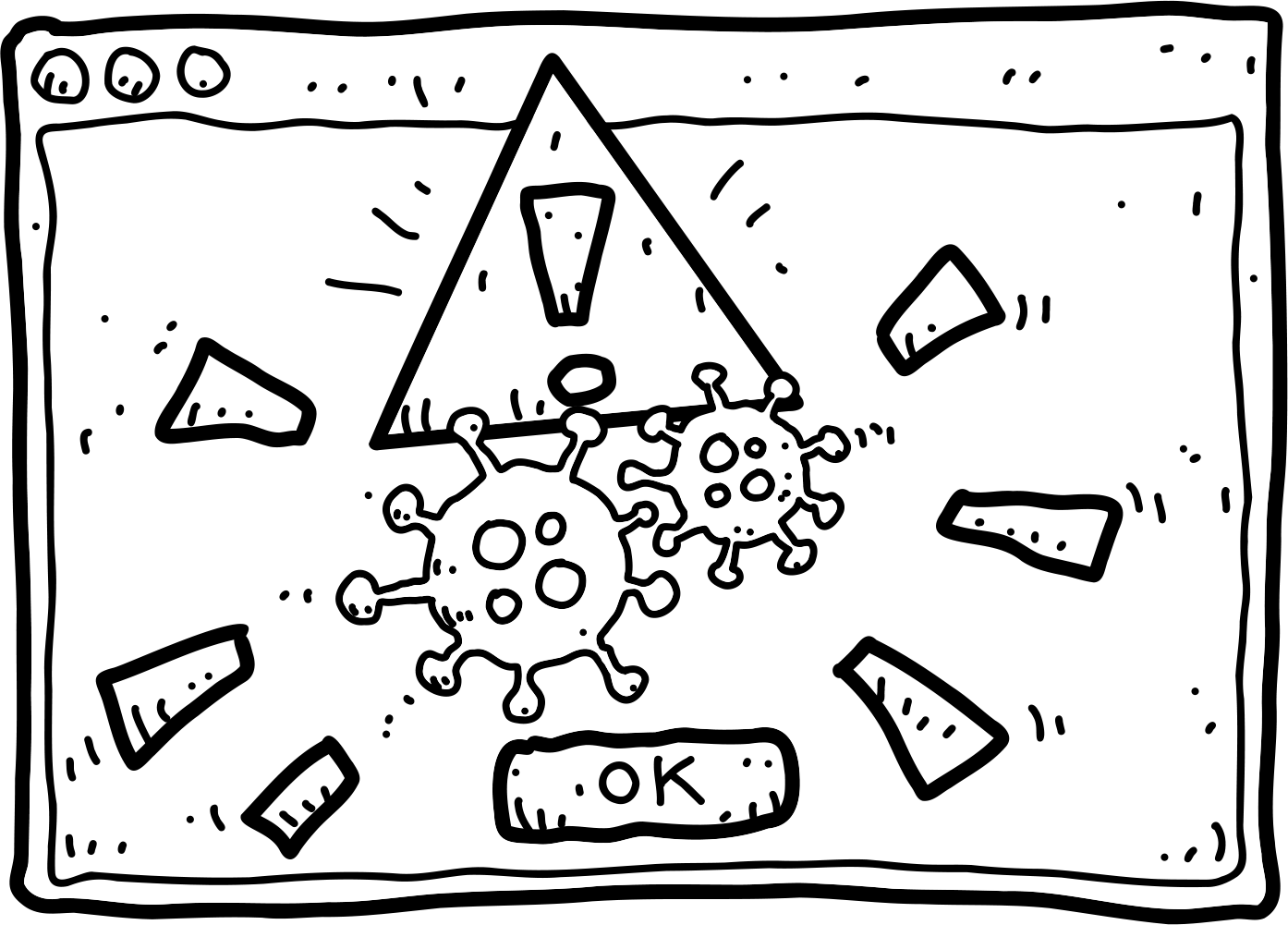A recent trend is for cybercriminals to use cloned news sites and convincing social media ads to lure employees into handing over passwords, downloading malware, or clicking dangerous links. In this article, you'll learn how these deceptive tactics work and what practical steps you can take to stop them before they cause serious harm.
This article contains:
Deceptive attacker tactics – Explore how cybercriminals use fake news sites, spoofed ads, and cloned login pages to trick employees and steal credentials.
Clear threat distinctions – Understand the differences between phishing, smishing, and vishing, and how each method targets your organization in unique ways.
Practical cybersecurity solutions – Learn how awareness training, simulated attacks, and multi-factor authentication can build a resilient, threat-ready workforce.
The rise of fake news sites and spoofed advertising platforms
Cyberattacks are increasing in volume and complexity as cybercriminal evolve their methods to avoid detection.
"Because the sites appear legitimate at first glance, employees may not recognize the threat in time."
Today’s attackers don’t just rely on spam emails to lure people in. In Nimblr’s webinar Inside the Mind of a Hacker, Marius Jordet, former hacker turned ethical hacker, demonstrated just how easily one can:
- Create a fake website that looks exactly like a real one
- Steal passwords and bypass two-factor authentication (2FA)
- Trick users into revealing personal or corporate information
These methods are highly convincing, increasing the chances of employees falling for cyberattacks (watch the webinar).
Let’s take a closer look at each tactic.
Fake news websites
Cybercriminals clone trusted media outlets like Guardian or The New York Times, subtly altering elements such as the URL or logo. These sites are then used to:
- Steal login credentials
- Distribute malicious software
Because the sites appear legitimate at first glance, employees may not recognize the threat in time.
Spoofed ads on social media
Spoofed ads mimic real ads and are commonly placed on platforms like Facebook and Instagram to attract clicks. If an employee engages with one, it could:
- Redirect them to a malicious website
- Trigger a silent malware download
As social media marketing continues to grow, the line between legitimate and malicious ads becomes increasingly blurred.

Stealing passwords and 2FA codes
Attackers can deploy fake login pages to collect:
- Usernames
- Passwords
- Two-factor authentication (2FA) codes
As demonstrated in the Nimblr webinar, once attackers gain access to this information, they can:
- Steal sensitive company data
- Lock systems and demand a ransom
Phishing, smishing, and vishing: What’s the difference?
With cyberattacks on the rise in Europe, you’ve likely heard of phishing, smishing, and vishing (source). But what sets them apart?
- Phishing: Sending fraudulent emails to trick users into giving away information.
- Smishing: Using fake SMS messages to achieve the same purpose.
- Vishing: Conducting attacks over the phone to extract sensitive data.
How to protect your organization

Despite the evolving tactics of cybercriminals, there are effective ways to protect your organization and its data. Here’s how:
Create an Anti-phishing policy
Develop a clear and updated anti-phishing policy (learn more) which should educate your employees to:
- Think before clicking links or replying to suspicious messages
- Use email authentication protocols to validate sender domains
- Train people to report suspicious activity immediately
Invest in security awareness training
Nimblr provides highly engaging training based on microlearning principles (see our solution). With a 90% completion rate, our courses help your team:
- Understand social engineering tactics
- Spot fake links and ads
- Stay vigilant and cautious
Offer simulated exercises
Simulations are essential to test and improve awareness. Use:
- Realistic simulations
- Multiple delivery methods
These exercises identify vulnerabilities and prepare employees for real-world scenarios (learn about our simulations).
Enforce strong authentication
Improve password hygiene and prevent credential theft (read more).
Best practices include:
- Enabling multi-factor authentication (MFA)
- Using strong, unique passwords
- Monitoring for real-time credential capture
Combat fake news sites and spoofed ads with expert support
Fake news sites and spoofed ads remain powerful tools for hackers to steal data and launch ransomware attacks. But you can fight back.
Partner with an experienced security awareness provider like Nimblr. We help you train your employees to detect and respond to threats, using behavioral science as the foundation. That’s why over 4,000 IT professionals trust our platform.
Explore our solution to protect your organization.



